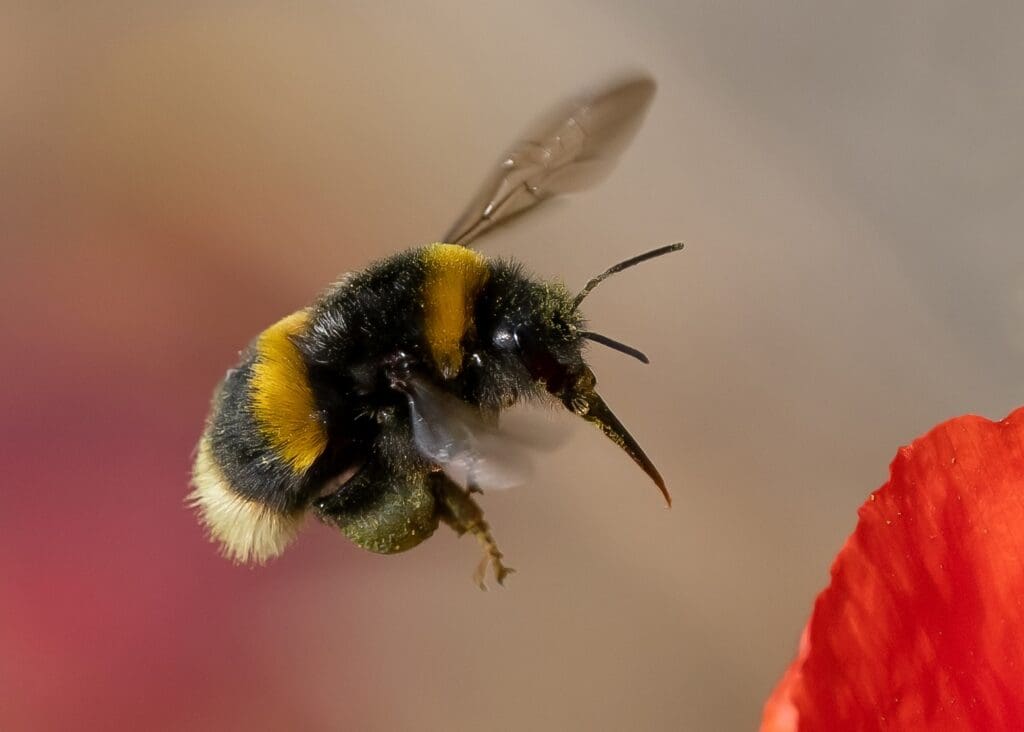Chris Peterson wrote: ↑Fri Sep 27, 2024 5:45 pm
Ann wrote: ↑Fri Sep 27, 2024 4:57 pm
Chris Peterson wrote: ↑Fri Sep 27, 2024 4:12 pm
Because they didn't have panchromatic film. It was no more striking photographically then than it is today. It would be discovered no less readily today.
Chris, you know what has been said about the bumblebee? It can't fly, and yet it does.
You seem to be saying that the astronomers of the very early 1900s couldn't have detected the UV peculiarity of Barnard 29. And yet they did.
Or perhaps you are just saying that it is a miracle that they did detect it more than a hundred years ago, because it did not stand out in any way back then?
Ann
???
I'm not saying any of those things! Only that it was no less obvious to them then than it is to us now.
I shouldn't be telling you what you are saying or implying, you are right about that. I apologize.
Still, I insist that Barnard 29 would have stood out more to the early 20th century astronomers than it typically does to us. Take a look at the pictures that AVAO, jac, posted:
XMM-Newton-UV and SDSS9-opt jac berne (flickr)
As you can see, Barnard 29 looks much brighter in UV light than it does in an RGB image. Because of its UV brightness alone, and because it is located away from the most crowded center of M13, it is very likely that it would have caught the eye of of some astronomers back then. And spectroscopy was already available, so some astronomers, probably Barnard himself, may have analyzed this star's spectrum and noticed that it was very hot, much hotter than most other stars in M13.
So I still say that Barnard 29 stood out more a hundred years ago in the astronomical photography of the time than it does now.
Ann




